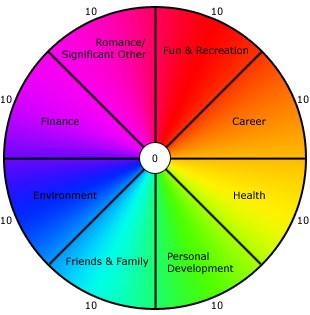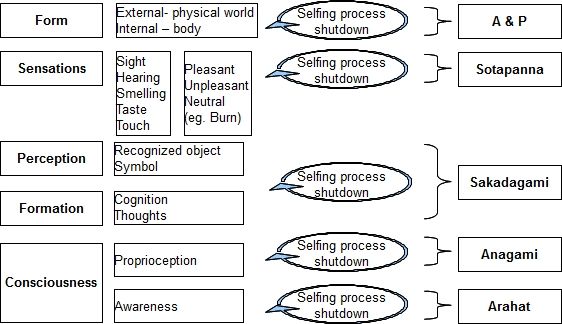Beginning of Life indicates the Wheel of Life
Posted in Comparative studies, Contemporary Buddhism, History, honesty life, How to Meditate, inter-change, Knowledge and wisdom, life and way, Mutual Understanding
By Sona Kanti Barua
 |
| Wheel of Life |
The
wheel of life as portrayed in Tibetan art and Japanese art in the circle, the
hog represents ignorance (Moha), the cock represents desire (raga) and snake
represents aversion (dosa). Despite this recent progress, I think it
exaggeration to say that Buddha’s Dependent Origination (Paticca Samuppada)
theory of cause and effect and the Middle
Way are still applicant to moral development of mankind
and the very best universal theory. It
seems the comparison of the wheel of life with scientific outlook. Buddhism
teaches that all compounded things come into being, presently exist and ceases
dependent on conditions and causes.
Newsweek of May 7, 2001 published a
cover story on “Science & the Spirit”. In this essay there are comments on
Buddhism, ”Scientists are using brain imaging to pinpoint the circuits that are
active when Tibetan Buddhists mediate.”…10
According
to Buddhism ignorance is the ultimate beginning of life.
This question so
frequently put is ignorance manifest. To speak of a beginning where there is no
entity is a sheer impossibility. A process can have to no beginning but as it
is beginning constantly, have no end, but is ceasing constantly. Not to
understand this is ignorance, and dependent on ignorance and raised
karma-formations, which through processes of conscious grasping lead to rebirth
in which is suffering.
Time
and space are subject to change in Buddhism.
 |
| Time and Space according to Buddhist Rebirth perspective |
It
is also remarkable that Radmila Moacanin explained concerning self and etc. in
his book entitled “Jungian Psychology and Buddhism.” 11The
approaches of Jung and the teachings of Buddhism have often been looked at
together. The writer (R. Moacanin) examines archetypes, collective unconscious,
the self, Jung’s famous mandala
experiences and the teachings of Buddha’s Eightfold (Middle ) Path and Tantric
Buddhism.
Buddhism asked what is self?
 |
Dr. Leonard C.D.C.
Priestley professor, edited and wrote a book entitled “The Reality of the
Indeterminate Self or Pudgalava Buddhism.” He explained in the page 54,”The
pudgala, then, is a self which is indeterminate in the sense that it is neither
the same as the dharmas by which it is identified nor separated from
them.” 12
The Heart of Buddhist Wisdom: Human life is made of 5 aggregates.
 |
| 5 Aggregates in Buddhism |
We live in the period
of which is dominated by the amazing achievement in the field of science and
technology. Every aspect of our daily life is permeated by science and what is
today called the Scientific Method it was used over 2600 years ago by
Lord Buddha. Human life is made of five aggregates. The Buddha explained five
aggregates (1) Form or body is like a foam (2) feeling is like a water
–bubble (3) Perception or discriminate
mentality is like a mirage (4) conditionings are like a banana tree and (5)
Consciousness like a magic or illusion. There are several discourses of the
Buddha on the five aggregates of attachment.16
What the Buddha
taught is: (1) all things (life, time and space) are impermanent or in a flux
(2) what is changing, it creates sufferings or feelings of discontent and (3)
non – entity (Anatta): The teaching of Buddha does not proclaim that there is
no individuality, no –self, but only that there is no permanent individuality,
no unchanging self. So this individuality has no permanent existence, like a
wave in ocean where is existent of self as a process, and in rolling on makes
self and destroys self.17
Conclusion:
To
conclude, I see the task before us as one of identifying strategies of action
to ensure to understand Buddhism and Science. In this effort, our attention
should first be directed to the doctrinal base and historical experiences with
Buddhism and Science have to bring about the attitudinal change in the minds of
people.
I am grateful to Mr.Capra for his great book
entitled the Tao of physics. There are many interesting points in this
book. I write this essay in following the book. How ever, writings of words
and essay writing system are inter-related facts. Everything exists only the in
fundamental dependence on everything else. That is why if we finally understand
true nature ofourselves, we at the same time understands the true nature of
everything. The great works of Japanese Buddhist scholars including Dogen,
Kukai, Nichren, Shinran, Professor D. T. Suzuki, and Professor Hajime Nakamura indicated
us how the perilous trend can be slowed down, if not reinvent the human
at the species level altogether. Relating to reinvent the human nature
should we suggest the Buddha’s enlightenment process to realize great
compassion lies in humanistic transcendence.
“There is a question of how do we escape from our greed and corporate
greed?”3
Science
without religious morality spells destruction. Science plus religion like
Buddhism without dogma can save the world. The Buddha appears here as the great
teacher of the Middle Path (Buddhism). Mental developments illustrate the
wisdom of the Buddha in insisting on sound ethical basis against an exclusive
on mystic experience.
10
Newsweek, May 7, 2001 , p. 53.
11 Radmila
Moacanin, Jungian Psychology and Buddhism, p. 123
12 Priestley,
C.D.C. The Reality of the Indeterminate Self (Pudgalavada Buddhism),p.
13 Geshe
Kelsang, Gyatso, The Heart Sutra, p.23
16 The Path
Freedom, p. 258
17
Nyanatiloka, Buddhist Dictionary, p. 96
3 Berry , Thomas, The
Great Works, p. 114














